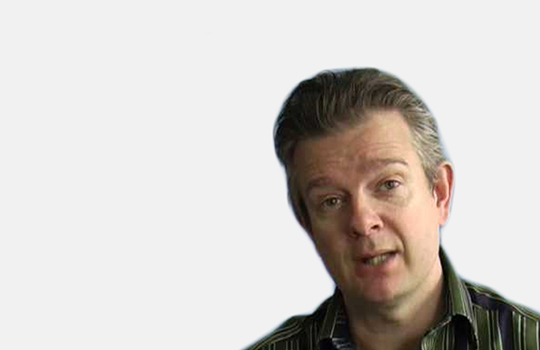Jannik Boehmfeld is dead. He is six years old, a year younger than my eldest son. He is lying on his back. His mouth is open but his eyes are shut. The light, which comes from above and slightly behind him, has silvered the thick fibres of his eyelashes. In his left ear is an earring, which looks a little like a scarab. Unlike the dead that surround him, his face has not shrunk back into itself. This, presumably, has something to do with his age. His eyes, however, seem to have dropped slightly further back into their sockets than they might do in sleep. He was killed by a brain tumour. To the left is a picture of him taken just before he died. His mouth is still open, but so are his eyes, which are glazed and slightly heavy with suffering.
Jannik’s two portraits form part of an exhibition of photographs running at the Wellcome Trust until the 18th of May. Life Before Death consists of photographs of twenty four people taken just before and just after their death. The journalist Beatte Lakotta and the photographer Walter Schels asked these dying people if they could follow them during the final weeks of their lives. The pictures are accompanied by short pieces of text that mix statements from the dying with comments from Beatte and Walte.
I approached the exhibition with some unease. I was slightly unsure of my motivation: what was it that I was looking for? Philosophers have been known to say that life should be a preparation for death, but how many of us really believe philosophers? Life has an easy way of outrunning ideas. Certainly I have never been convinced by Plato’s description of the death of Socrates. I doubt I will ever achieve such calm. Death is also notoriously difficult to think about head-on. Something in us shies away from it. Convincing artistic representations of death are also rare. Even Tolstoy, in The Death of Ivan Ilyich, introduces a note of false consolation.
In some respects photography might have a quiet advantage here. A photograph can bring before us the image of a dead person. It is then for us to supply the response. Looking at these intimate, dignified portraits I was certainly conscious of my own fear and fascination, my sadness and resistance. Partly to steady myself, and partly because I am slightly more at home with words than pictures, I spent a lot of time reading the captions. Here some of the complexity, individuality and, at times, the bitterness of death started to show itself.
There are increasing calls, both in medicine and in society more widely, for a more honest and open approach to death. If death is a medical failure then medicine will remain a doomed art. Death brings all stories to a close, and without some acknowledgement of the end, we could be said to lead a misshapen life. These photographs have been championed as a powerful contribution to the opening up of a debate about death, and I would not want to argue with that. But looking at these pictures, and exploring my responses, I could not help wondering whether our secular culture retains the resources honestly to confront such a topic. Certainly it is not easy to read that Jannik’s mother Silke was almost simultaneously diagnosed with breast cancer and only outlived him by a few weeks. To the right of Jannik’s portraits is her single imposing photograph taken shortly before she died. It is not an easy story to walk away with.
